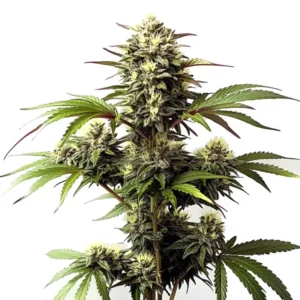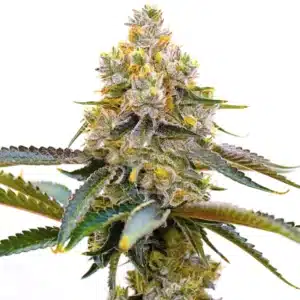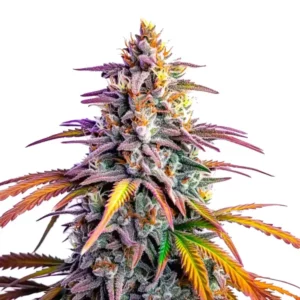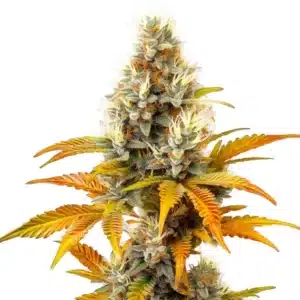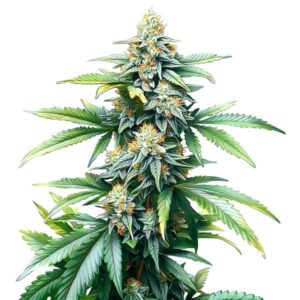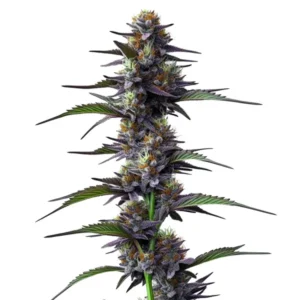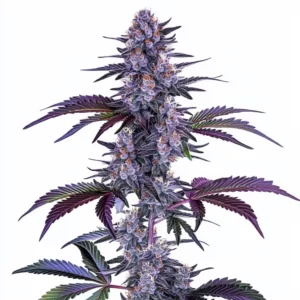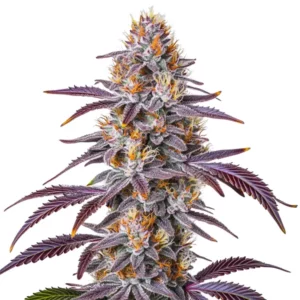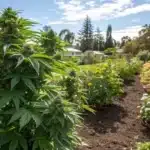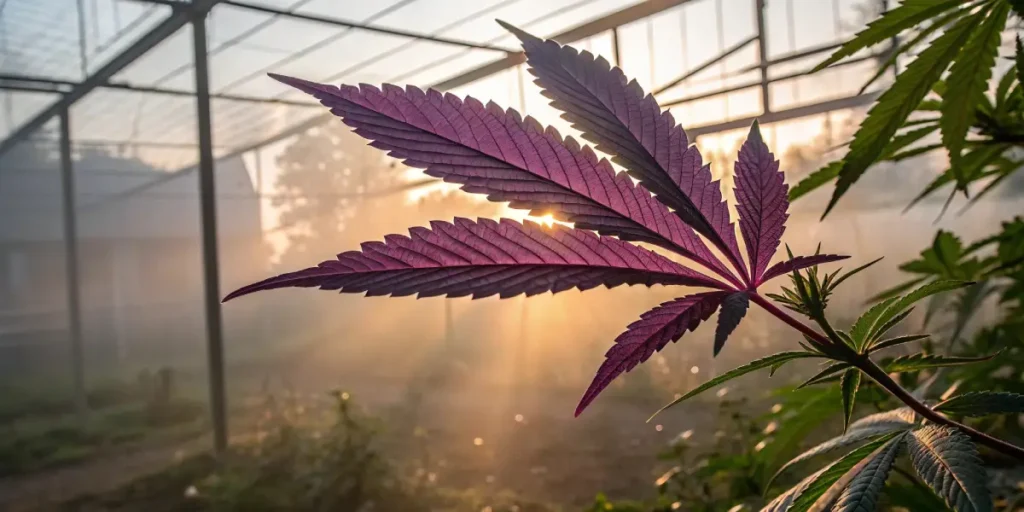
The Secret to Purple Cannabis: It’s Not Magic, It’s Good Growing
You see those jaw-dropping photos online: cannabis buds with deep, rich purples, vibrant reds, and cool blues. And you ask yourself, “How do I get my plants to do that?”
Those amazing colors come from a group of natural pigments called anthocyanins. But here’s the secret that most people miss: these colors are not just for looks. They are a sign of a healthy, happy, and well-managed plant. You don’t “feed” a plant purple; you create the perfect conditions for it to express its true genetic potential.
Recommended Strains
Alaskan Purple
|
|
THC | 15% - 20% (Medium) |
|
|
Type | Feminized |
|
|
Yield | Medium |
|
|
Phenotype | 70% Indica / 30% Sativa |
Amnesia Purple
|
|
THC | 18% - 21% (Medium) |
|
|
Type | Feminized |
|
|
Yield | Medium |
|
|
Phenotype | 30% Indica / 70% Sativa |
And it all starts with the most fundamental thing in your entire grow.
The Master Key to Unlocking Color: Your pH
Forget any “purple” nutrients or magic potions. The master key to unlocking these vibrant anthocyanins is the most boring, yet most critical, factor in your garden: a stable water pH of 6.0.
Here’s why. Your plant is like a complex factory. To produce these special pigments, it needs to be able to access all the raw materials, the various microelements and nutrients, from the soil. And it can only do that if the pH at the root zone is in the correct range.
Think of it like this:
- If your pH drifts up towards 7.0, your plant gets locked out from absorbing essential nutrients like iron.
- If your pH drops down below 5.0, it can’t get the nitrogen it needs to survive.
Without these basic building blocks, your plant has ZERO chance of creating those beautiful, complex colors. A stable pH isn’t just about preventing deficiencies; it’s about unlocking your plant’s full artistic potential.
Promos & Deals
The Trigger: A Little Bit of Healthy Stress
Once you’ve mastered your pH and your plant is healthy, you can encourage it to show its colors by introducing a little bit of benign stress late in the flowering cycle. The safest and most effective trigger is cooler nighttime temperatures.
When you let the temperature in your grow room drop a bit more when the lights are off, it mimics the natural arrival of autumn. This signal tells the plant to ramp up production of protective anthocyanins, often resulting in a stunning display of color in the final weeks before harvest.
Of course, you can’t force a plant to do what’s not in its DNA. This only works for strains that are genetically predisposed to producing these pigments. You can’t make a plain green plant turn purple. That’s why starting with proven genetics like a Purple Haze, Blackberry Moonrocks, or Purple Thai is essential if color is your goal.
When you see those colors pop, you’re not just seeing a pretty plant. You’re seeing the result of your hard work. It’s a sign that you’ve managed to Nurture a plant so well that it can Thrive and show its true, vibrant self. That’s a Homegrown achievement to be proud of.
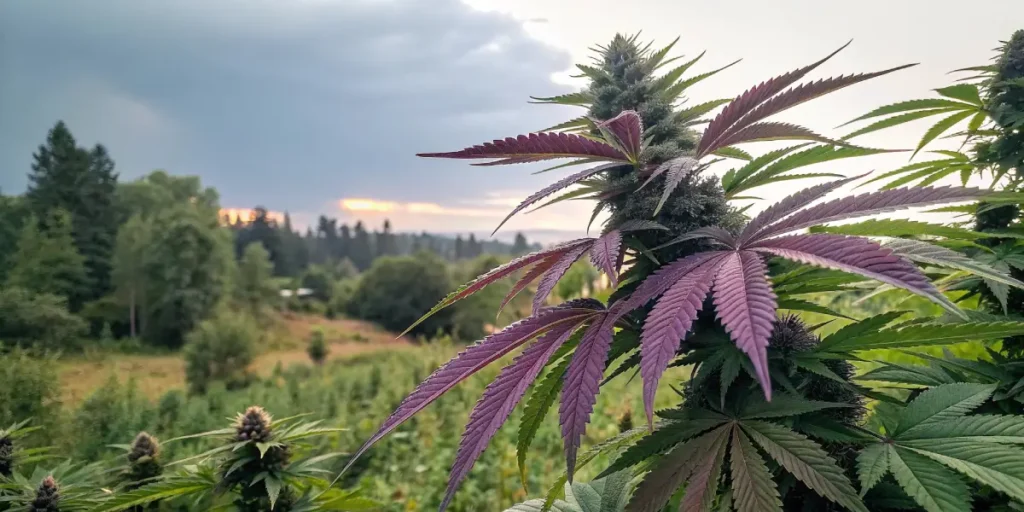
FAQs
What are anthocyanins in simple terms?
They are the natural pigments that give plants their red, purple, and blue colors. In cannabis, they are not just for looks; they are also a sign of a healthy plant that is expressing its full genetic potential. These pigments also act as a natural sunscreen and antioxidant for the plant, helping it resist stress.
What is the most important factor for getting my plants to show color?
A stable pH. Without question, maintaining a watering pH of 6.0 for soil grows is the most critical step. This ensures the plant can absorb all the necessary micro-nutrients it needs to produce the complex anthocyanin pigments. Without the right pH, the plant will be “locked out” from its food, and color expression will be impossible.
Why is pH so critical for nutrient absorption?
The pH of the water in the root zone acts like a gatekeeper. If the pH is too high (alkaline) or too low (acidic), it chemically changes the nutrients, making them impossible for the roots to absorb, even if they are plentiful in the soil. For example, a pH above 7.0 can lock out iron, while a pH below 5.0 can lock out nitrogen.
Can I make any cannabis strain turn purple?
No. A plant must have the genetic predisposition to produce anthocyanins. You can’t make a strain that is genetically programmed to be green turn purple. The techniques of stable pH and cooler nighttime temperatures only work to bring out the colors in strains that already have the potential, like Purple Haze or Blackberry Moonrocks.


